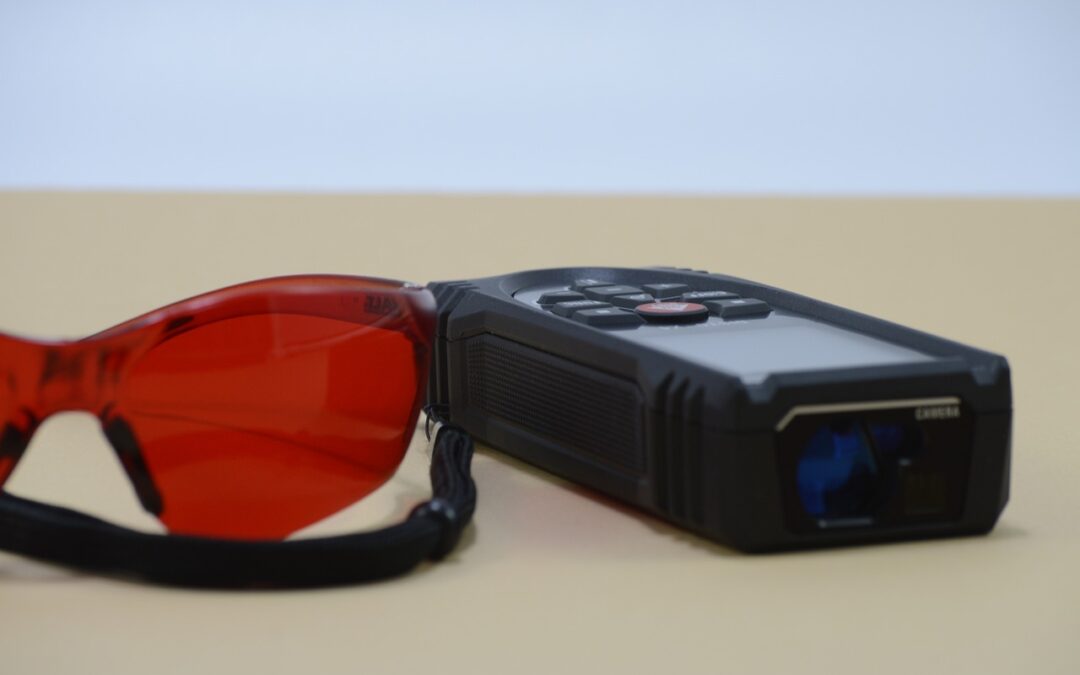If you are interested in a property in Spain and you make a viewing without prior notice, you may be disappointed by the square metres promised in the description.
However, it will probably be necessary to check the actual square metres, the property will likely seem smaller to you, and in fact it is smaller.
The calculation of square metres in Spain is made differently.
Calculating square metres in France
In most countries, the surface area of a property indicated in an advert is the living area. This is the case in France. Square metres are calculated as follows:
Areas with a ceiling height that allows you to stand upright (at least 1.80 m) are added together;
The thicknesses of walls, steps, staircases and doorways are subtracted;
The surface areas not considered habitable should not be added (balcony, cellar, garage, veranda, car park, etc).
Another frequently used calculation method is the useful floor area. This is the living area plus half of any additional areas that have previously been excluded (balcony, loggia, attic space, etc.).
Square metres according to the UK system
Based on the British measurement system, there are three concepts: gross external area, which covers the space inside a dwelling, including the external walls of the building; gross internal area, which covers the space inside the walls of a dwelling, including internal walls and partitions, toilets and spaces less than 1.50 m high, access corridors and counting rooms. It has no equivalent in Spain. And the net internal area , which includes the space of the dwelling inside the walls, deducting the spaces included in the previous concept, and which is the measure most commonly used to determine selling prices and the cost of services for the owners association. It has no exact equivalent in Spain.
Any Spaniard will know the square metre of their home, but many Brits will grimace if you ask them about it.
Spanish square metres calculation system
So, here we are. It’s not that you’ll get less square metres, not at all. But you will be given a measurement in advance that does not correspond to the habitable surface area, but which corresponds to the construction, and to the construction of the dwelling in the building itself.
– The total surface area of the property, including walls and partitions, is taken into account;
Real estate agents will give a surface area known as superficie construida. The method of calculation is very different from that used to calculate the surface area of homes in France or the UK:
– To this is added a portion of the common areas (a percentage of the property’s share of the building’s common areas: corridor, stairwell, etc.) depending on the surface area of the property itself;
– some areas are considered habitable and must also be added. This is the case, for example, for a balcony.
In fact, the much-coveted balconies and terraces are still a special case for the calculation: it’s true that terraces are considered to be built-up areas, whether they are covered or not. According to the regulations, any space with a fixed structure and a height of more than 1.50 metres is considered to be a built-up area.
However, there are a few exceptions to this rule. For example, if the terrace is inaccessible or difficult to access to, then it is not considered a built area. The same applies if the terrace has no roof, as it will be considered an open space rather than an enclosed space (in fact, technically, it is a façade).
Here’s an example of how to calculate square metres in Spain
You have visited an apartment located in a condominium.
It has a total surface area (including walls, partitions and balconies) of 80 m².
The communal areas are 20 m² (corridor and entrance hall), shared between 4 other flats on the same floor, of which our flat has a share of 5 m2.
The built surface area of this flat is 80 m² + (5 m2) = 85 m².
In Spain, therefore, this flat measures 85 m² in the land registry and in other registries, whereas in France it would measure less than 80 m².
If you look carefully, you’ll need to subtract usually about 15% from the built area to get an idea of the useful metres. In Spain we also use the útil surface area, but we always give you the constructed surface area first. Even so, you’ll have to measure and check the official papers and registers to see if they tally.
Now things may look a little simpler.
Make an appointment with us for advice and help you in your search for the perfect property for you.

